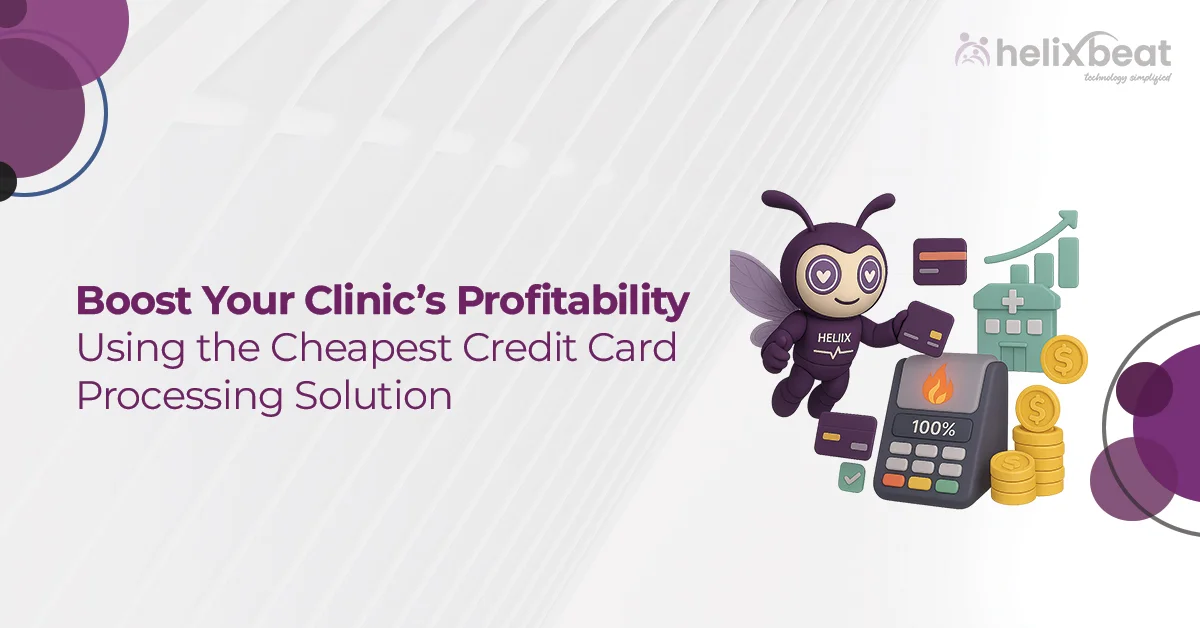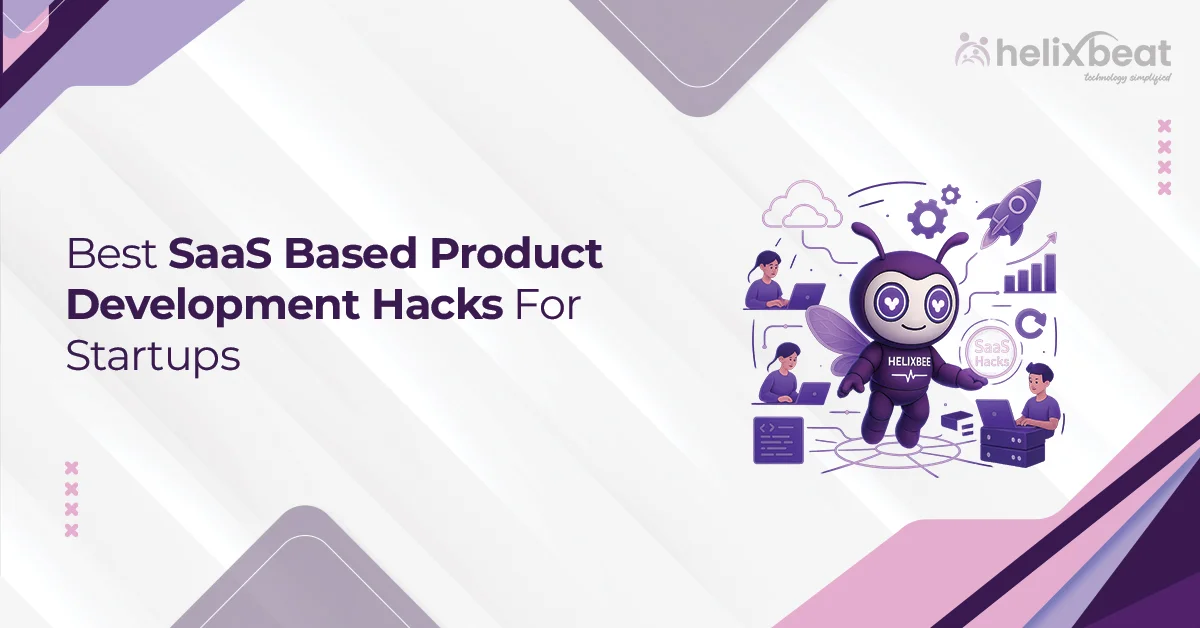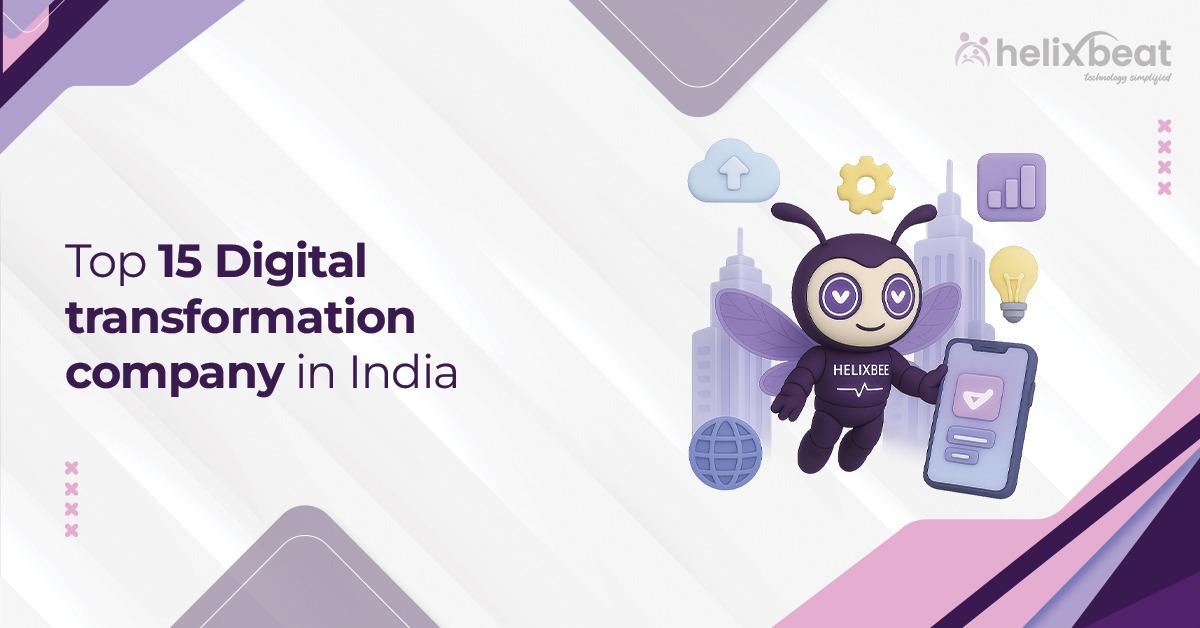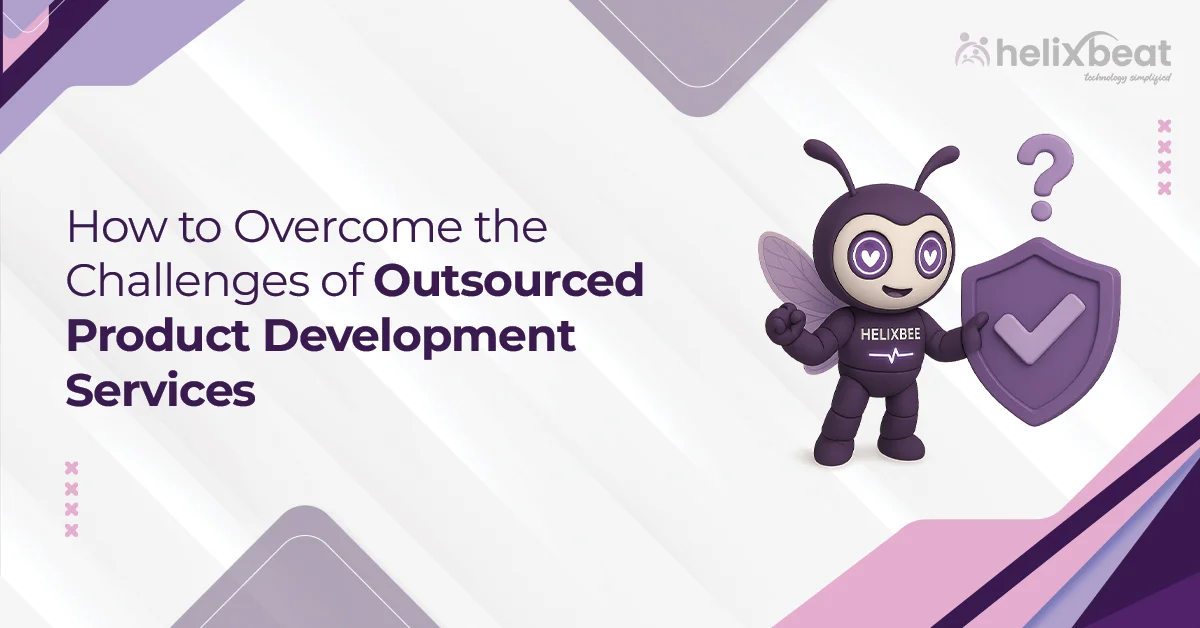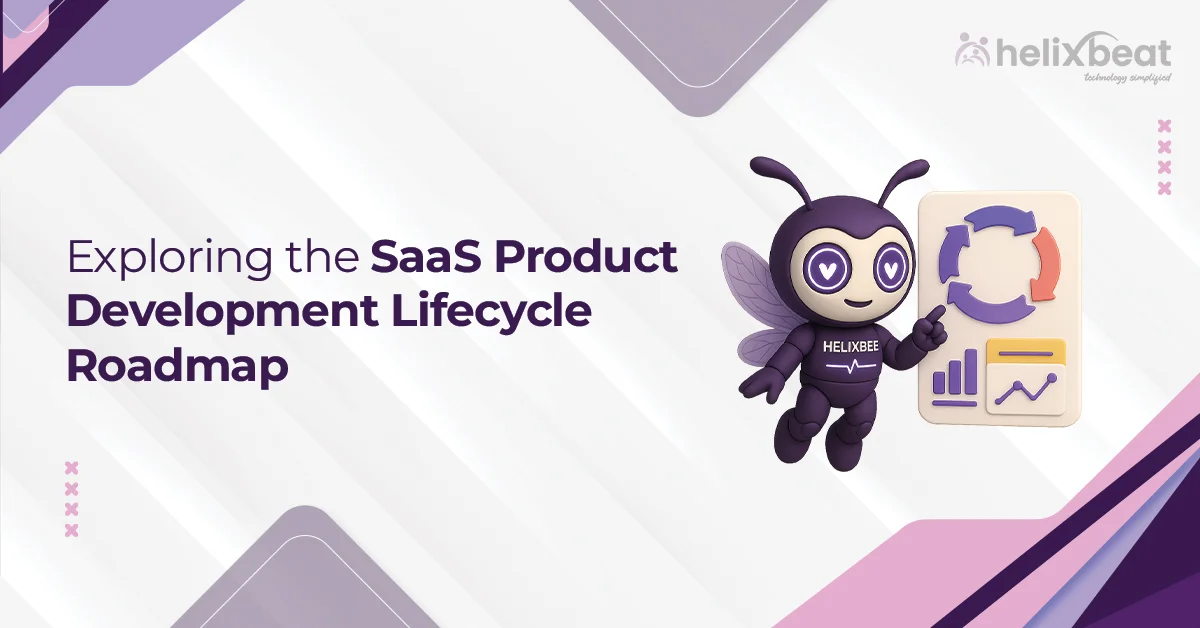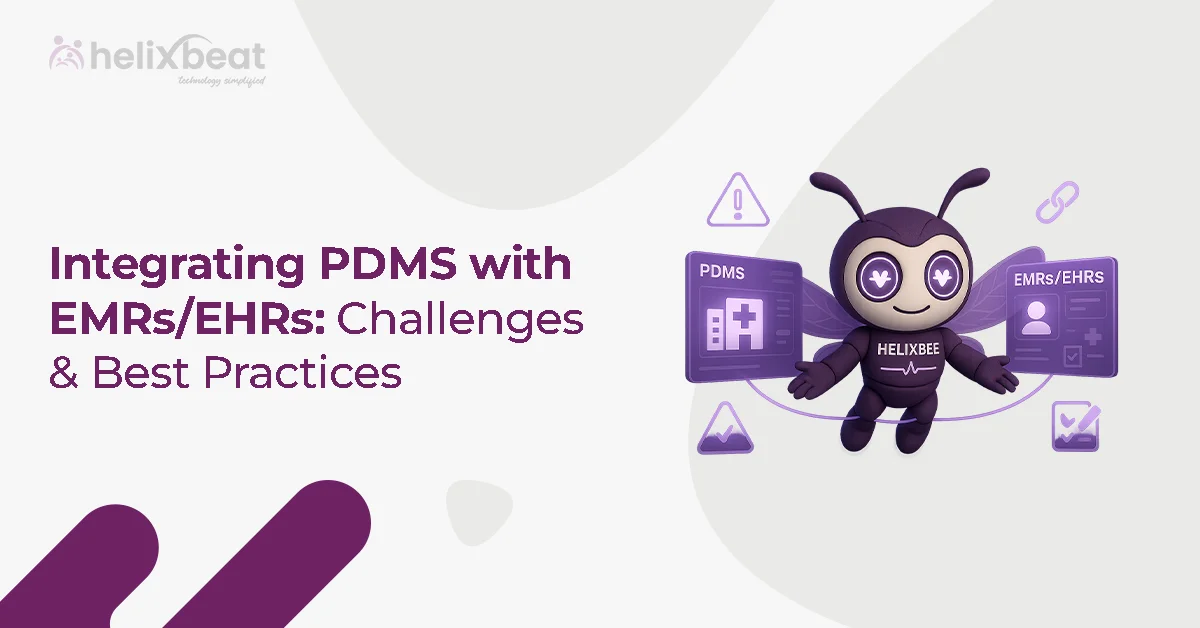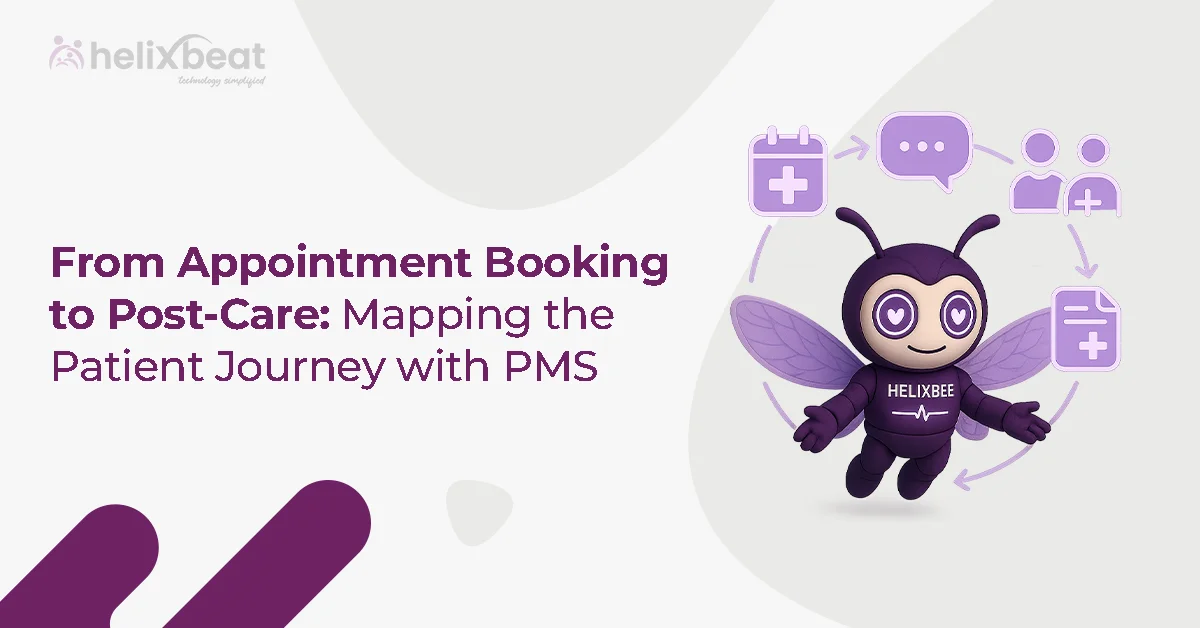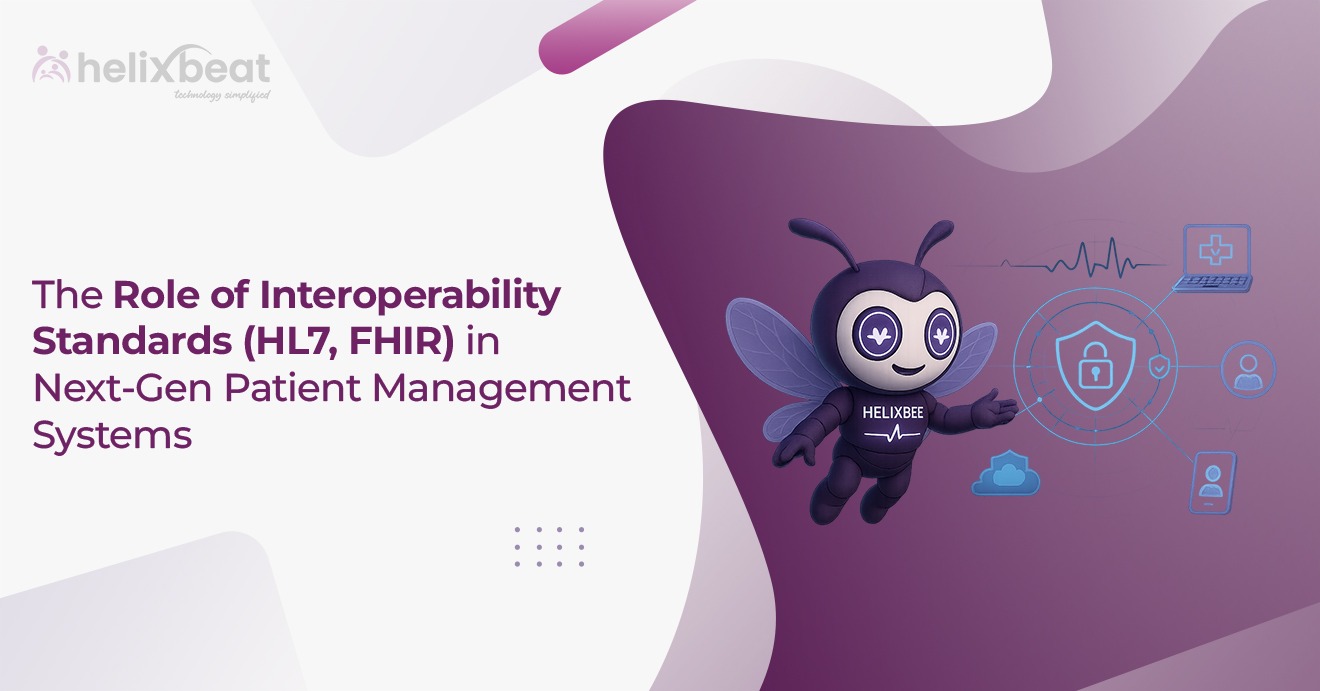Think about the last time you visited a doctor. Whether it was a routine check-up or something more urgent, your medical history, test results, and treatment plan were likely retrieved from a digital system. But have you ever considered how quickly that data moves behind the scenes—and what it means for your care?
Healthcare runs on data—powering everything from diagnosis and treatment to hospital operations and medical research. But not all data is handled the same way. Some systems process information instantly, giving doctors real-time insights, while others work in batches, updating records periodically. Both approaches have their place, but the speed and efficiency of data processing can directly impact patient care.
In this blog, we’ll break down the differences between real-time and batch processing in healthcare, explore how each method is used, and discuss why real-time data sharing is transforming the industry.
Table of Contents
Real-Time Data sharing in Healthcare: An Overview
Real-time data processing means handling information the moment it’s generated. This allows doctors and healthcare teams to take immediate action based on the latest insights. It’s beneficial in patient monitoring, emergency response, and diagnosing urgent medical conditions.
Applications of Real-Time Data Processing in Healthcare
Real-time data processing has transformed healthcare, making it faster, more responsive, and more personalized. Here’s a closer look at how it’s being used in different areas:
1. Faster Emergency Response Systems
Imagine an ambulance rushing a patient with severe chest pain. If the onboard ECG machine can transmit live heart readings to the hospital in real-time, doctors will have an early window into what’s happening. By the time the patient arrives, the medical team is already prepared—with a confirmed diagnosis, the right equipment, and a treatment plan ready to go. This split-second advantage can mean faster intervention and better outcomes.
2. Telehealth and Virtual Consultation
Today, wearable devices, smartwatches, and IoT-enabled sensors continuously track heart rate, oxygen levels, blood pressure, and even glucose levels for patients. This data can be sent in real-time to healthcare providers, allowing patients to consult doctors from anywhere.
3. Predictive Analytics in Intensive Care
A patient in the ICU is connected to a system that monitors their oxygen saturation, heart rate, and temperature. If the AI detects a sudden change in patterns, it can alert the doctors immediately, which will give them a few seconds more to adjust treatment before the patient deteriorates.

Batch Data Processing in Healthcare: An Overview
Batch data processing refers to collecting and processing large volumes of data at scheduled intervals rather than in real-time. This method is commonly used for administrative tasks, financial reporting, and historical data analysis.
Applications of Batch Data Processing in Healthcare
Batch data processing is widely used in healthcare when handling large volumes of data that don’t require immediate action.
1. Population Health Analysis
Public health organizations like WHO collect health data from various sources globally. By processing this data in batches, researchers can identify patterns, such as the spread of infectious diseases, risk factors for chronic conditions, or the effectiveness of new treatment protocols. This insight helps governments and healthcare providers develop better intervention strategies.
2. Pharmaceutical Research
Drug development and clinical trials involve extensive data collection over long periods. Therefore, researchers analyze results in phases rather than in real-time, making batch processing ideal for evaluating drug efficacy and side effects. This approach helps them determine if the drug is effective and safe before moving on to the next trial phase.

How Real-Time Data Standardization Speeds Up Batch Processing
Contrary to popular belief, real-time and batch processing share a closer relationship than many realize. One of the biggest challenges in batch data processing is dealing with inconsistencies in data formats, missing information, or fragmented records from different sources. This is where real-time data standardization makes a difference—by organizing and structuring healthcare data as it is generated, it simplifies and accelerates batch processing later.
The Role of AERIS in Streamlining Data Processing
AERIS, a FHIR-based data exchange solution, has transformed how healthcare systems share and use data. Instead of dealing with multiple formats—one hospital using spreadsheets, another relying on PDFs, and a third using a proprietary database—AERIS brings everything into a standardized structure in real-time.
For example, imagine a large healthcare organization that collects patient data from hospitals, clinics, and telehealth providers. Without standardization, each facility might use different naming conventions for diagnoses, medications, or procedures. When it’s time for batch processing, these discrepancies require extra effort to clean and format the data before it can be analyzed.
However, with AERIS, the heavy lifting is already done. Each record—whether from a real-time monitoring system or an EHR update—comes in a consistent, structured format. When batch processing runs, the system can move straight to analysis rather than spending hours or days fixing data errors.
Faster Insights for Population Health and Research
In large-scale applications like public health monitoring or pharmaceutical research, AERIS can help process vast amounts of data more efficiently. Instead of delaying reports while reconciling data mismatches, healthcare organizations can move straight to identifying disease patterns, evaluating treatment outcomes, or analyzing risk factors.
AERIS acts as a bridge between the speed of real-time processing and the depth of batch analysis. It helps healthcare organizations make better use of both approaches—responding quickly during emergencies and gaining deeper insights from batch reports without unnecessary delays.

A Balanced Approach to Healthcare Data Processing
Both real-time and batch data processing play crucial roles in modern healthcare. The key lies in integrating both methods effectively to enhance patient care, operational efficiency, and medical research.
AERIS simplifies this integration by standardizing data across diverse sources, allowing healthcare organizations to leverage real-time insights while optimizing batch-processing workflows. Whether improving emergency response times or accelerating research, AERIS transforms fragmented data into a structured, actionable format.
Want to see how AERIS can streamline data processing for your healthcare system? Get in touch with us and schedule a free consultation.
FAQs
1. What is real-time data processing in healthcare?
Real-time data processing refers to handling and analyzing healthcare data instantly as it is generated. This allows medical professionals to make immediate decisions based on the most up-to-date information.
2. Can real-time and batch processing be used together in healthcare?
Yes, both approaches complement each other. Real-time processing provides immediate insights, while batch processing helps with long-term data analysis and large-scale decision-making.
3. What are some key applications of real-time data processing in healthcare?
Real-time data processing is used in emergency response systems, telehealth, virtual consultations, and predictive analytics in intensive care units to help detect and respond to critical patient conditions.
4. What role does AERIS play in healthcare data processing?
AERIS standardizes and integrates healthcare data from multiple sources, allowing seamless real-time processing while optimizing batch workflows for better decision-making.
5. How does AERIS help in emergency medical situations?
AERIS facilitates real-time data exchange, helping healthcare teams access accurate patient information instantly, which supports faster diagnosis and treatment in critical cases.
6. How can healthcare organizations benefit from using AERIS?
By adopting AERIS, organizations can improve interoperability, streamline data workflows, reduce processing delays, and enhance the accuracy of patient records across systems.



